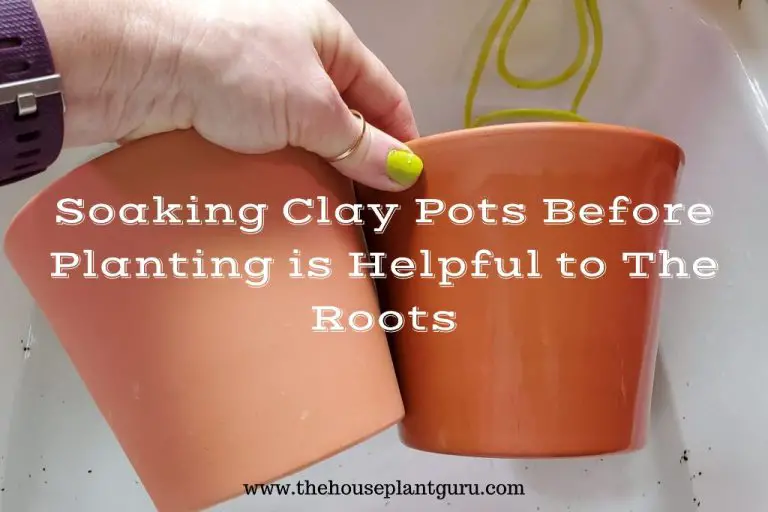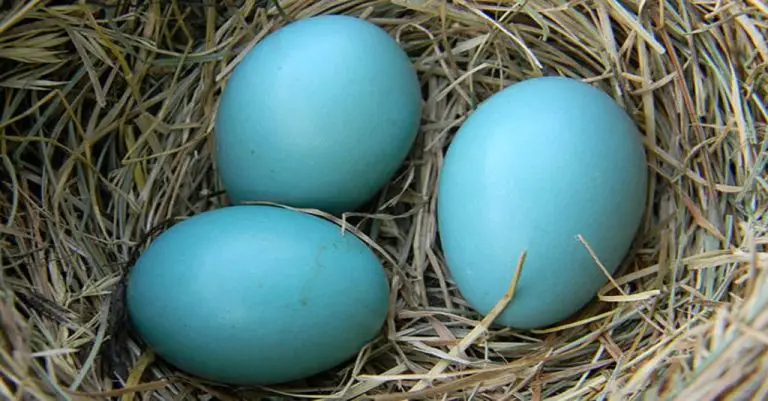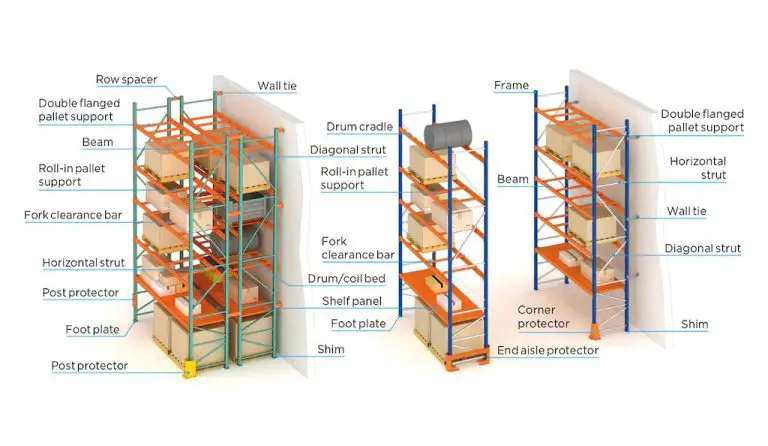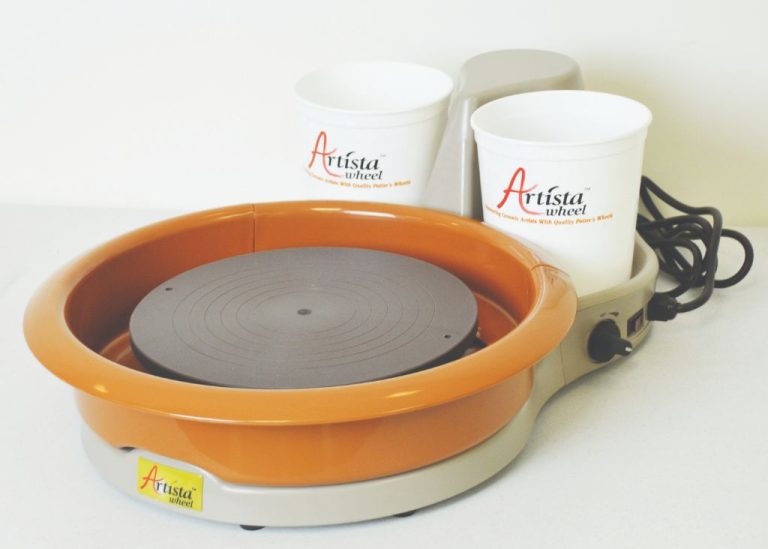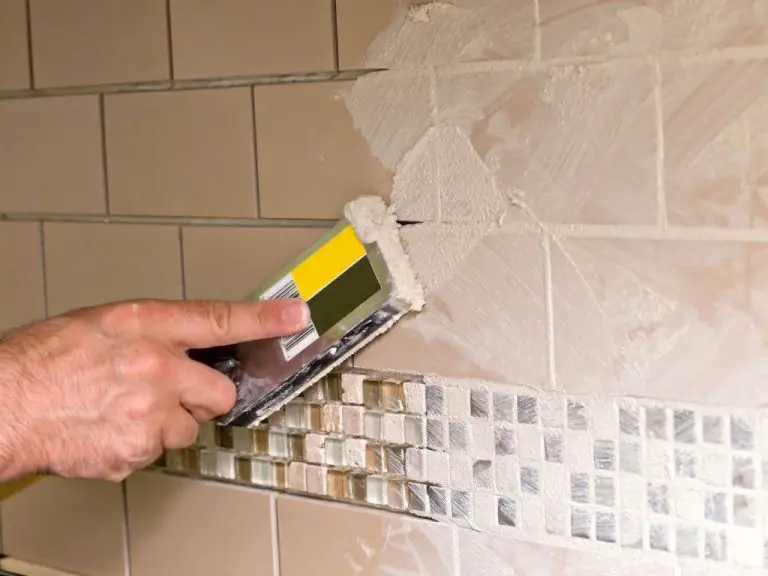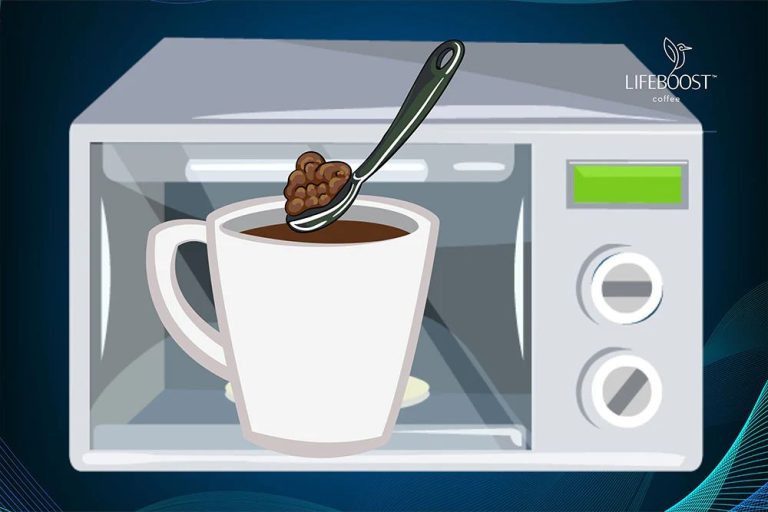Clay Play: Educational And Entertaining Projects For Kids
Clay play offers a wide range of benefits for a child’s development. Playing with clay encourages creativity and imagination as children sculpt objects and figures. It also promotes fine motor skills, hand-eye coordination, and dexterity through molding, rolling, and shaping the clay. Sensory stimulation occurs through touching and manipulating the clay’s texture. Cognitive skills are developed through planning clay creations and problem solving when the clay doesn’t turn out as envisioned. Social-emotional growth happens through sharing materials and ideas as well as expressing emotions through the clay. Overall, clay play provides an open-ended, artistic medium for children to explore (https://extension.psu.edu/programs/betterkidcare/early-care/tip-pages/all/play-with-clay). With adult supervision and a few simple tools and materials, clay play can be an educational yet entertaining activity for children of all ages.
Types of Clay
When it comes to clay for kids, there are a few main types to consider: play dough, modeling clay, and air-dry clay. Each has their own properties and is good for different types of projects.
Play dough is very soft and pliable. It’s great for open-ended sculpting and smooshing by younger kids. Play dough is non-toxic but not meant to last – it will dry out over time. Popular brands are Play-Doh and Model Magic.
Modeling clay like plasticine is oil-based, doesn’t harden, and can be reused again and again. It allows for detail-oriented sculpting and blending of colors. A drawback is that modeling clay projects don’t last forever. Well-known modeling clay brands are Sculpey and Fimo [1].
Air-dry clay starts out soft and flexible but hardens when exposed to air. Kids can shape it however they like, let it dry, and paint it afterwards. Finished air-dry clay projects are durable and can last for years. Brands like Crayola Air Dry Clay and Activa Air Dry Clay are non-toxic and popular.
When selecting clay for kids’ crafts, consider the type of project, age and skills of the child, and whether a long-lasting final piece is desired. All types encourage creativity, fine motor skills, and open-ended play.
Clay Projects for Toddlers
Toddlers can have fun exploring clay through simple tactile activities that engage their senses. At this age, kids are still developing their fine motor skills, so simple imprinting activities are ideal. Let them make impressions in clay with their fingers, toys, household objects like coins or cookie cutters, or natural items like leaves, flowers or sticks (source). Rolling clay into balls for stacking or making beads are other great toddler projects, as they enjoy repetition. As long as the clay is non-toxic, toddlers can even shape clay ornaments with their mouth.
Focus on the process rather than the end result. Toddlers will enjoy squishing, smashing, pounding and imprinting the clay. Provide chunky pieces that are easy for little hands to manipulate. Supervise closely so they don’t put the clay in their mouth or nose.
Clay Projects for Preschoolers
Clay is an engaging sensory material that’s perfect for preschoolers to explore. At this age, kids can start working with clay to create simple projects that build their fine motor skills. Some ideas include:
Coil Pots
Rolling coils out of clay and building them up into a pot shape helps develop fine motor control. Let preschoolers explore working the clay into long “snakes” and then laying them on top of each other [1].
Pinch Pots
Pinching clay into a basic pot form is another good fine motor activity. Have preschoolers start with a ball of clay and use their fingers and thumbs to pinch and twist it upward into a simple pot [1].
Clay Jewelry
Preschoolers can make their own wearable clay creations by rolling balls, snakes, and flattened shapes to turn into necklaces and bracelets. Add holes before baking so they can string on yarn or elastic when finished [1].
Clay Animals
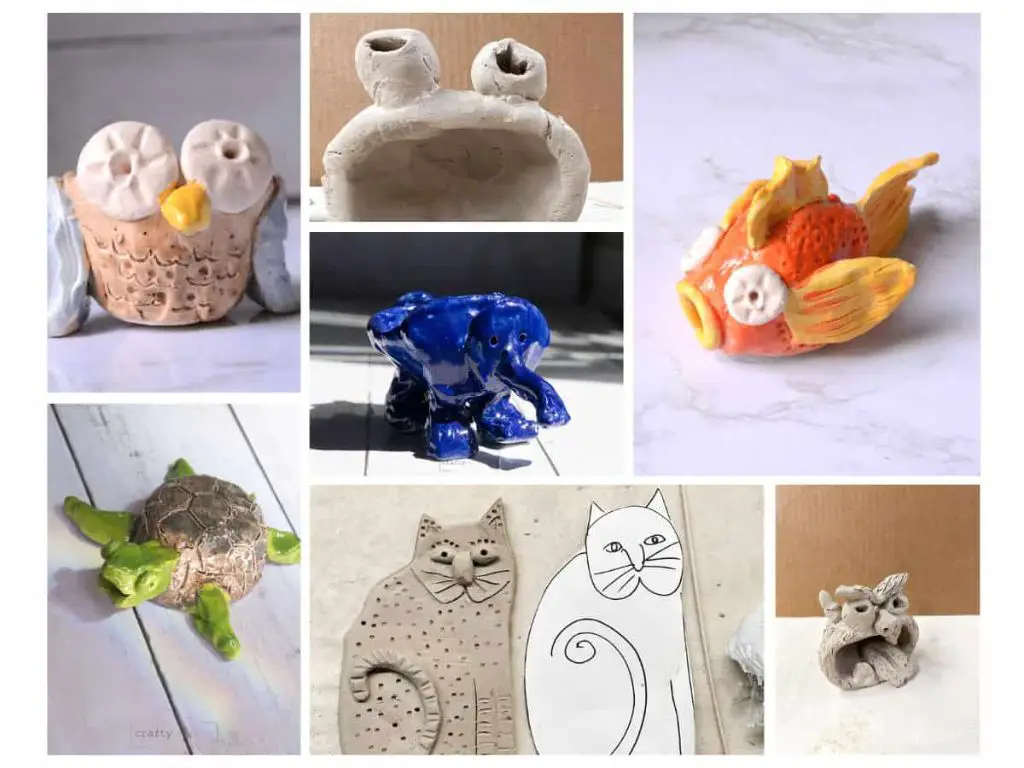
One of the most engaging clay projects for preschoolers is sculpting simple animal shapes. Support them in rolling balls for heads, oblong shapes for bodies, and coils or blobs for ears and tails [1].
Focusing on these basic clay techniques boosts preschoolers’ creativity and development in an open-ended, process-oriented way.
[1] https://artfulparent.com/15-amazing-crayola-air-dry-clay-art-projects-for-kids/
Clay Projects for Elementary School Kids
Elementary school age children have the fine motor skills and creativity to work on more complex clay projects. Here are some fun ideas to try with kids ages 6-12:
Complex Coil Pots
Coil pots allow kids to build pottery from scratch by rolling out and stacking coils of clay. Encourage elementary students to create intricate patterns and textures on their coil pots, like this basket weave clay pot. Let them add decorative elements like beads, feathers, or leaves pressed into the clay.
Slab Technique
The slab technique involves rolling flat, even pieces of clay and assembling them into a 3D form. Elementary kids can use this method to make complex shapes like boxes, picture frames, and plaques. Let them imprint designs into the clay slabs before construction for more interest and texture.
Clay Sculpture
Sculpting with clay allows immense creativity and self-expression. Students can sculpt animals, characters from books, self portraits, mythical creatures, their favorite foods, and more. Adding details with clay tools gives their sculpture more realism. Elementary kids can also make realistic features like hair by rolling tiny coils of clay.
Making Your Own Clay
Making clay at home is a fun activity to do with kids that allows for creativity and hands-on learning. There are a few simple homemade clay recipes using ingredients like baking soda, cornstarch, flour, salt, cream of tartar, and water. The main types of homemade clay are air-dry clay and no-bake clay.
Air-dry clay is made from baking soda, cornstarch, and water. According to Highlights, combine 1 cup baking soda, 2 cups cornstarch, and 1 1⁄4 cups water in a pot over low-medium heat. Stir continually until it thickens to a clay-like consistency. Allow it to cool before kneading it. This type of clay will dry hard when left out overnight.
No-bake clay typically uses flour, salt, cream of tartar, and water. As explained by One Little Project, mix 1 cup flour, 1⁄2 cup salt, 2 tsp cream of tartar, and 1 cup water in a pot on the stove. Stir over medium heat for 3-5 minutes until it forms into a ball. Allow it to cool before kneading. This clay air dries but remains pliable.
When making homemade clay, prepare a work surface for kneading. Sprinkle flour, cornstarch or baking soda to prevent sticking. Knead the clay for a few minutes until smooth. For color, add a drop of food coloring and knead it in. Store unused clay in an airtight container or plastic bag. DIY clay is an eco-friendly alternative to store-bought modeling clay!
Clay Tools and Supplies
Having the right tools and supplies on hand makes working with clay easier and more enjoyable. Here are some of the basic items kids will need for clay projects:
Modeling tools like sculpting knives, loop tools, ribs, stamps and rolling pins are essential for shaping, smoothing, texturing and flattening clay. Basic tool sets like this 9 piece kit from Amazon provide an assortment of shapes for modeling details.
Acrylic rollers in different widths help roll out slabs of even thickness. Consider getting a variety pack with multiple sizes.
A non-stick work surface like glass, ceramic tile or acrylic sheet protects tables and makes clay easier to work with. Cover with paper or cloth for absorbing excess moisture.
Resealable plastic bags or airtight containers help keep unused clay soft and workable between projects. Label bags with type and color.
Kids will also need materials like toothpicks, straws, popsicle sticks and other household items for shaping, sculpting and imprinting textures.
Having dedicated modeling tools and an organized workspace will make clay time more engaging and less messy for kids.
Safety Tips
When working with clay, especially with children, it’s important to follow some basic safety guidelines:
Supervision – Children should always have adult supervision when playing with clay. Make sure to watch them closely and provide guidance on proper clay handling and tool usage.
Avoid contamination – Don’t allow clay to come into contact with food, drinks or mouths. Store clay separately from food items and make sure kids wash hands before and after working with clay. Avoid reusing clay that has been contaminated.
Proper storage – Keep clay in sealed bags or airtight containers when not in use. Allow projects to fully dry/cure before storing. Clay can grow mold if left damp and unsealed. Discard any clay that smells bad or looks discolored.
“Clay Play: Keeping Your Little Sculptors Safe.” Dowling Art Studio, 17 Jan. 2022.
Benefits of Clay Play
Clay play provides many benefits for a child’s development and growth. Playing with clay helps develop motor skills, creativity, focus, and sensory experiences.
Kneading, rolling, pounding, and sculpting clay are great activities for improving a child’s fine motor skills and hand-eye coordination. The resistance of the clay builds strength in the hands and fingers. Clay play also involves gross motor skills as children use their whole arm and body to create sculptures and objects.
Being open-ended with no specific outcome, clay inspires imagination and creativity. Children are free to shape the clay however they envision. This allows them to express their unique ideas. The act of creating boosts divergent thinking, problem solving, and cognitive growth.
Molding clay requires focus and concentration. As children manipulate the clay, they enter a state of mindfulness. This focused play enhances their attention span. The tactile experience engages the senses and occupies their mind and body.
The sensory experience of clay play is excellent for child development. Kneading the soft, squishy clay soothes and relaxes children. The texture and smell of the clay provides sensory stimulation. Young children explore concepts like hard/soft, wet/dry, and big/small through clay.
Overall, clay play boosts fine motor skills, creativity, focus, and sensory development in children.
Conclusion
Clay play provides a wide range of benefits for kids of all ages. It helps develop fine motor skills, creativity, focus, and imagination. Working with clay is also a sensory activity that is calming and therapeutic. The projects outlined in this article provide entertaining and educational clay activities suitable for toddlers, preschoolers, and elementary school-aged children.
Toddlers can enjoy simple projects like making clay snakes, balls, and basic shapes. Preschoolers will have fun with more advanced creations like clay jewelry, animals, and miniature dishes. Older elementary school kids can work on complex sculpted figures, building clay structures, and incorporating other mixed media into their clay art.
With just a few basic supplies, clay is an easy art material to have on hand for kids to use. Setting aside time for open-ended clay play allows children to experiment, get messy, and develop new skills. The projects in this article can spark their creativity, but don’t be afraid to let them follow their own imagination and see where it takes them!

